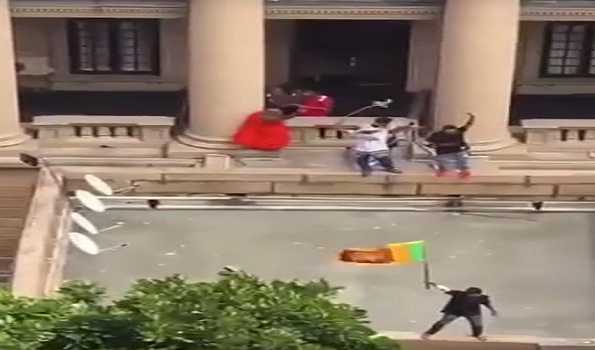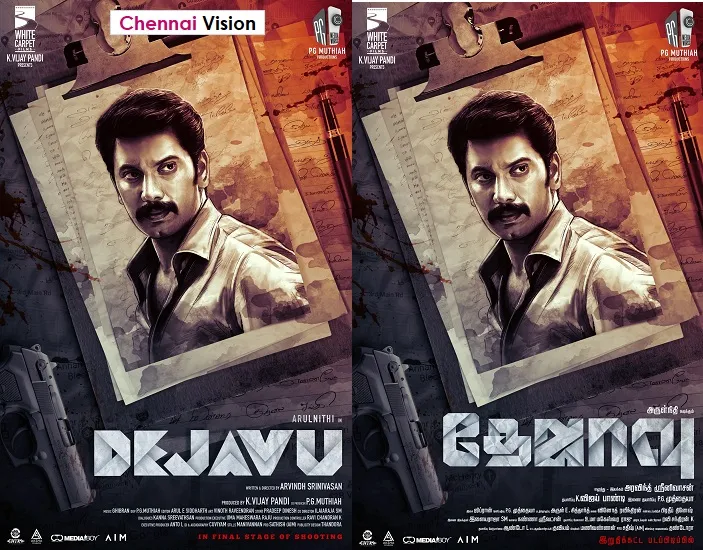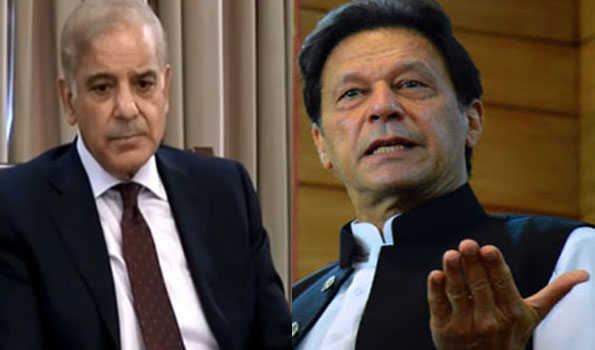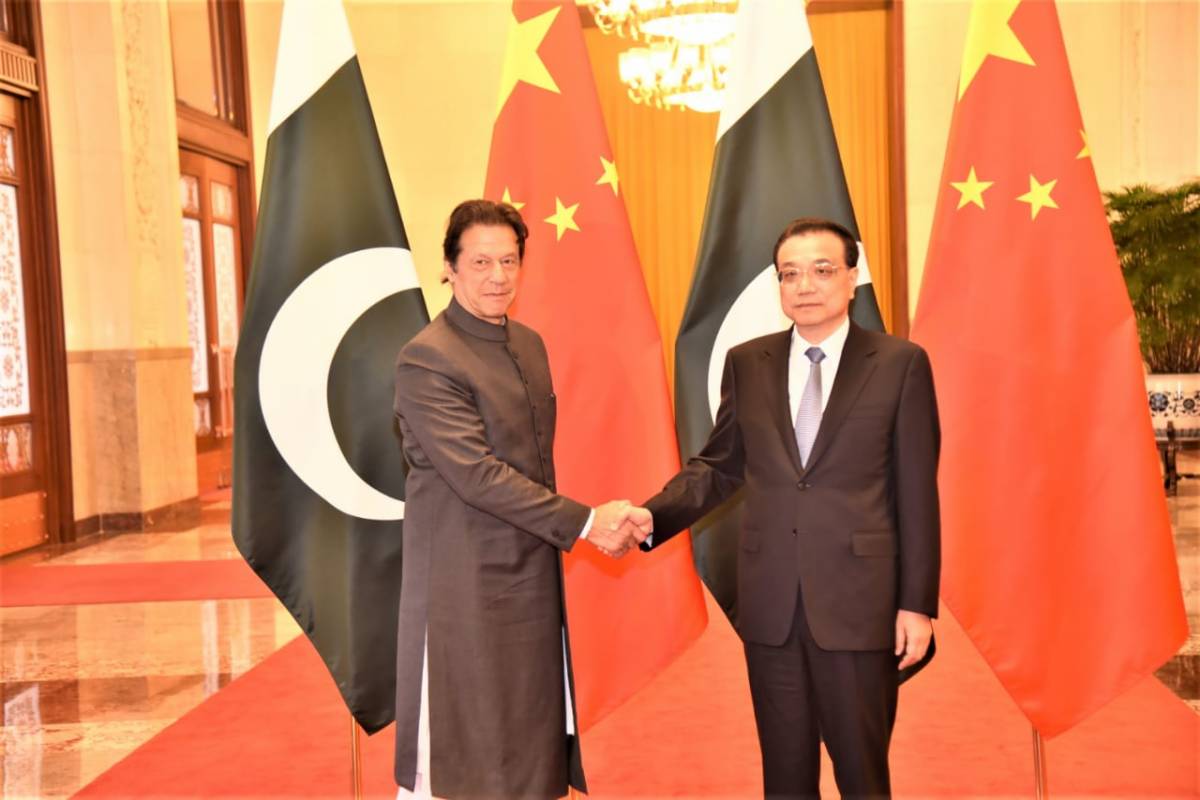Mass Uprising Forces SL President To Flee

Colombo, July 9: Thousands of protesters demanding the resignation of Sri Lankan President Gotabaya Rajapaksa stormed the President’s House here Saturday in mass revolt triggered by the country’s worst economic crisis since 1948.
Some two dozen people were injured, a few seriously, in scattered violence as outnumbered security forces tried to prevent the mass of demonstrators from entering the normally heavily-guarded President’s House but failed, news reports said.
President Rajapaksa was not in the House when the mainly male and young protesters poured in and immediately took over his Secretariat and swarmed their way everywhere, with many plunging into the swimming pool.
As the crowds stormed the House, many carried and waved Sri Lankan flags and shouted slogans denouncing the government of President Rajapaksa and Prime Minister Ranil Wickremesinghe. Some flashed “V” signs and chanted “Victory!”
Social media showed a video of some unknown persons – who could include the President – boarding two naval ships with three suitcases dragged hurriedly from a car. The ships then departed the Colombo port to an unknown destination.
Sri Lankan media said the navy declined to comment on the development.
Prime Minister Wickremesinghe soon called an emergency meeting of party leaders and asked the Speaker to summon Parliament without any further delay.
Opposition and civil society groups had called for mass protests on Saturday and Sunday in a bid to force the resignation of President Rajapaksa, who along with his brothers has been widely blamed for hurtling Sri Lanka in an economic mess, leading to widespread shortages of even essential goods including food, fuel and medicines.
As the day began, tens of thousands of men and women waving national flags and shouting slogans began to march to Colombo from various parts of the country. Many rode trucks and other private vehicles, and thousands commandeered a train to take them to the national capital.
Protests soon erupted in various party of the city, triggering clashes with the security forces. The bulk of the demonstrators marched towards the President’s House, broke one security barrier after another, clashed with security forces who fired shots in the air and tear gas, and finally stormed the presidential citadel.
By the end of its all, some two dozen people lay injured and were rushed to hospitals, already suffering from lack of adequate medicines and medical equipment.
A former Minister and opposition MP, Rajitha Senaratne, was beaten up by protesters and fled the scene with his clothes torn when he tried to join a street demonstration. It was not clear why he was attacked.
Saturday’s dramatic developments followed months of a seemingly unending economic misery in Sri Lanka where the government has run out of foreign exchange to make even the minimum imports and began to live on handouts from foreign countries.
Hundreds of thousands had been peacefully demonstrating all across Sri Lanka, particularly in capital Colombo, for months demanding the resignation of the President and then Prime Minister Mahinda Rajapaksa but they held on to their posts along with other members of the Rajapaksa clan.
On May 9, however, violence erupted in many parts of Sri Lanka after thugs linked to the government attacked protesters in the heart of Colombo, leading to a violent backlash in which government supporters and their houses came under attack in scores of places.
Prime Minister Mahinda Rajapaksa then hurriedly resigned and took shelter in a military camp in the eastern town of Trincomalee.
Since then, anti-government protests have raged, seeking the exist of President Rajapaksa as well as Prime Minister Wickremesinghe, who was sworn in after the departure of Mahinda Rajapaksa.






